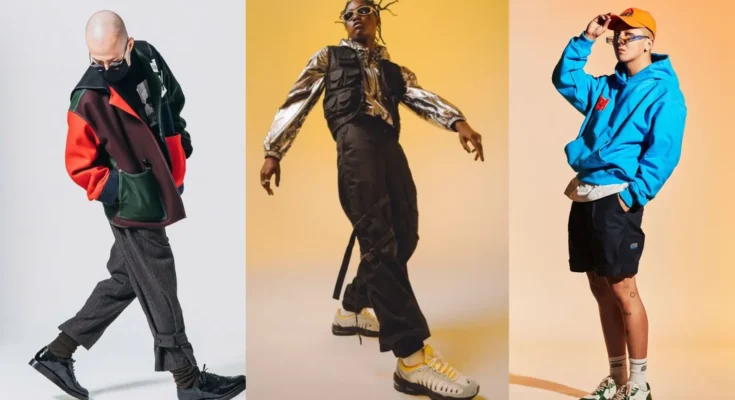According to the last update of mid-2024, the global fashion industry was worth between 3.2 trillion and 3.5 trillion US dollars. However, this figure is estimated after checking reliable sources or financial reports from more recent years. Various economic factors and developments also play an important role in driving the fashion industry’s value.
Major Sectors in the Fashion Industry
The fashion industry is a vibrant and dynamic world that influences our daily lives, reflecting our styles and aspirations. From haute couture runways to ready-to-wear collections, this ever-evolving domain encompasses multiple sectors, each with unique charm and significance.
Haute Couture
At the pinnacle of the fashion pyramid, we find Haute Couture, where fashion transcends into art. It is a French term meaning “high sewing” or “high dressmaking.” It represents custom-made, luxurious garments crafted with meticulous attention to detail. Haute Couture pieces are created by highly skilled artisans and designers, showcasing artistic expression and craftsmanship. Although a niche sector with a limited clientele, Haute Couture sets the tone for trends and pushes the boundaries of creativity in the fashion world.
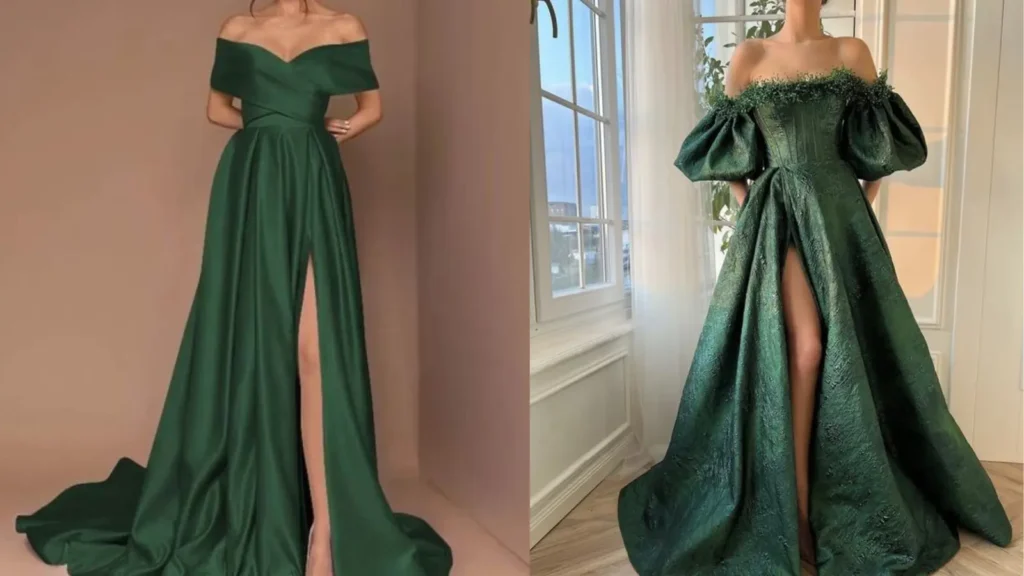
Ready-to-Wear
Unlike Haute Couture, Ready-to-Wear, or Prêt-à-Porter, brings fashion from the runways to the masses. It caters to a broader audience, offering affordable and trendy clothing for everyday wear. Ready-to-wear collections are designed to balance aesthetics, comfort, and practicality. Fashion houses and retailers produce these lines seasonally, reflecting the latest trends and styles for people of various tastes and lifestyles. This sector significantly impacts shaping popular culture and how we express ourselves through clothing choices.
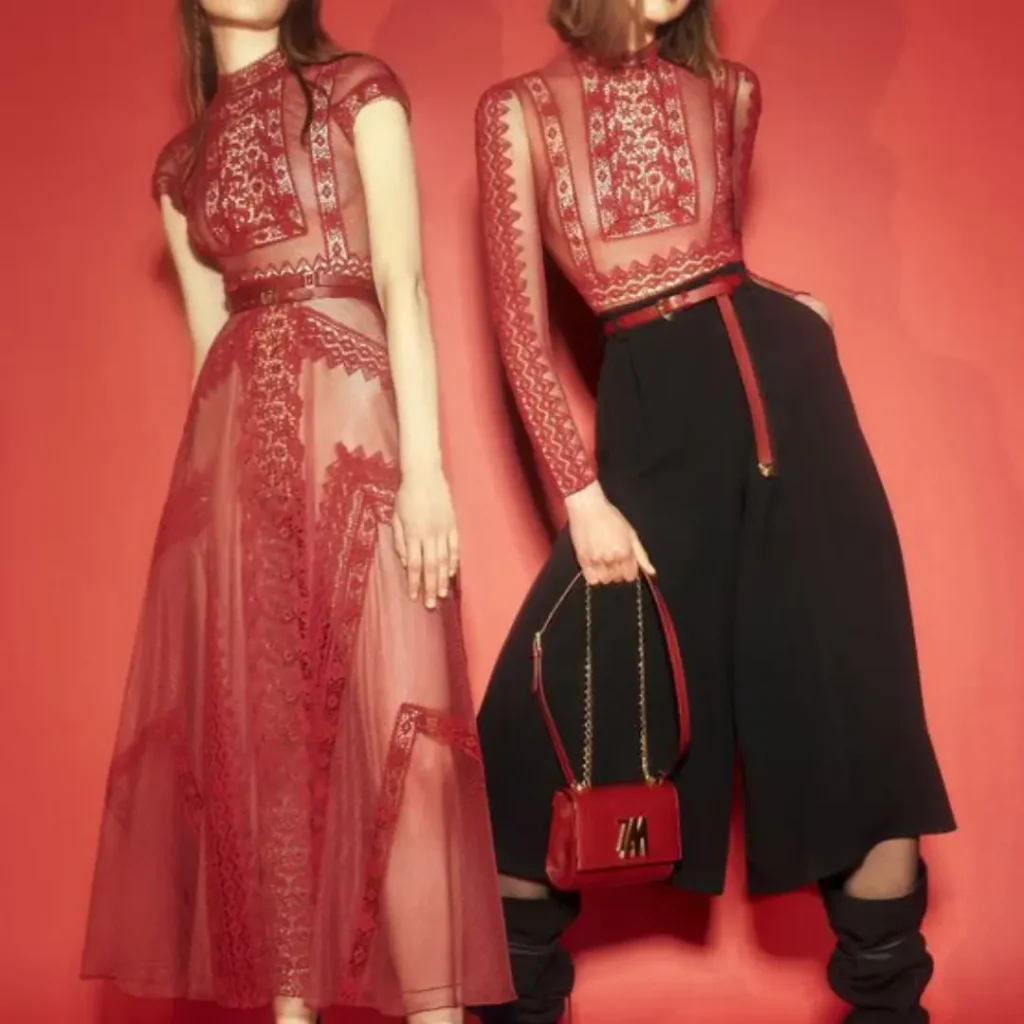
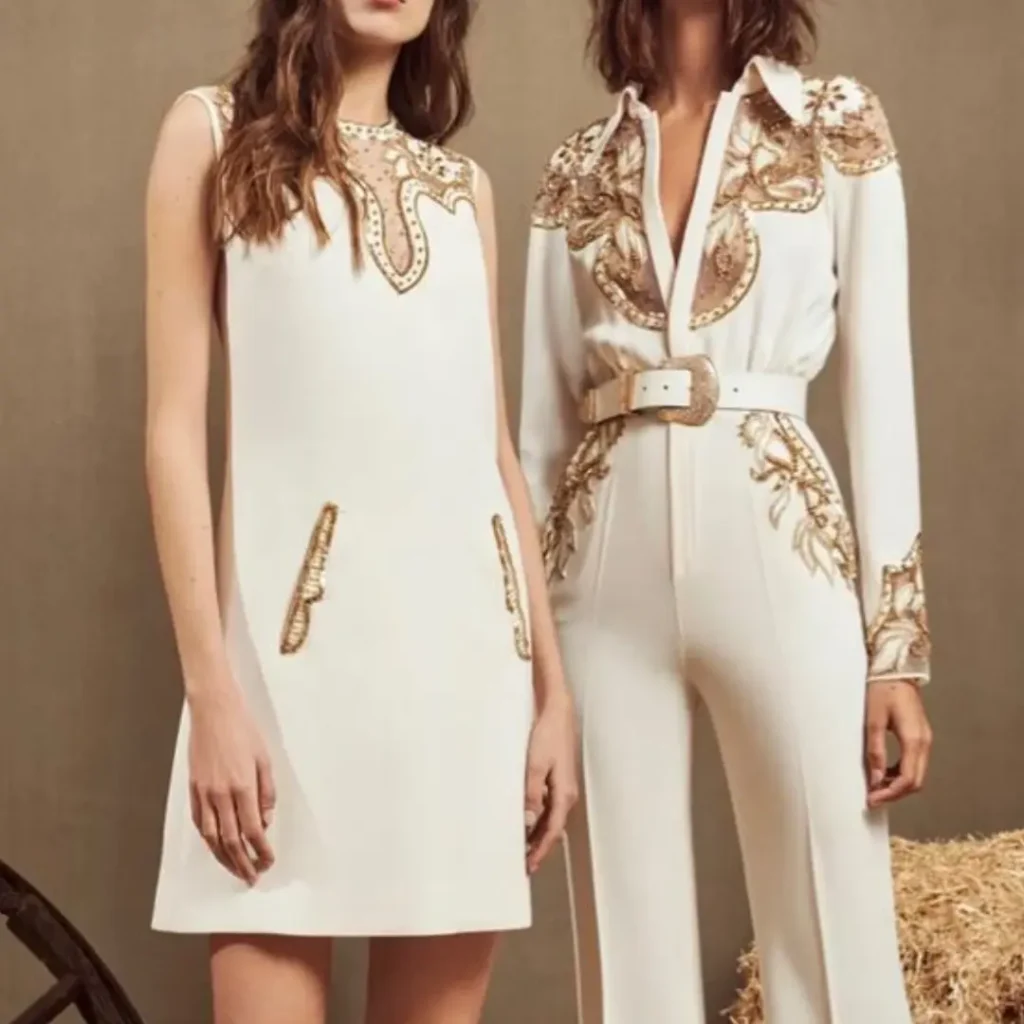
Accessories
Every fashion ensemble is complete with accessories. This sector encompasses various items, from handbags and shoes to jewelry and hats. Accessories add flair, personality, and individuality to any outfit, transforming a simple look into a statement of style. Fashion designers and luxury brands often expand their offerings by creating exclusive accessory lines that complement their clothing collections. Accessories, in their versatility and charm, can elevate a person’s appearance and boost their confidence.
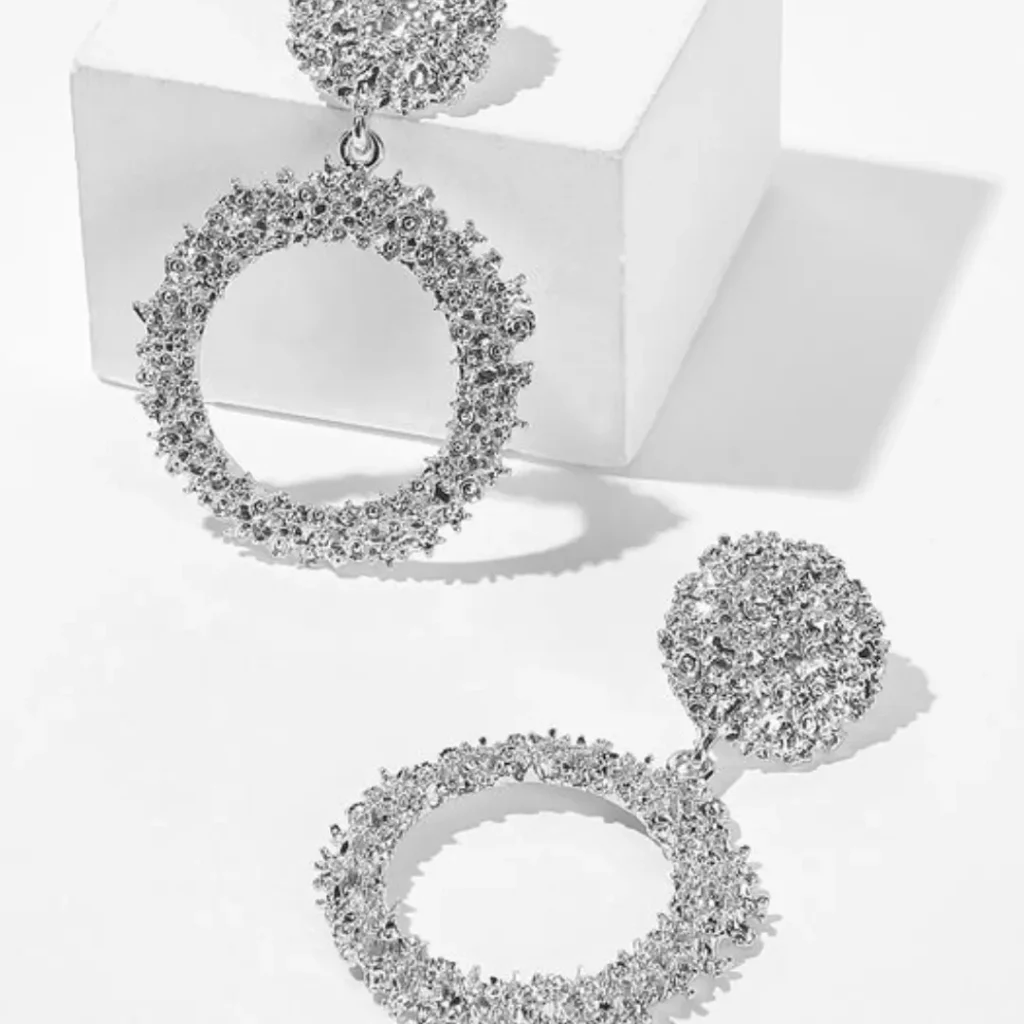
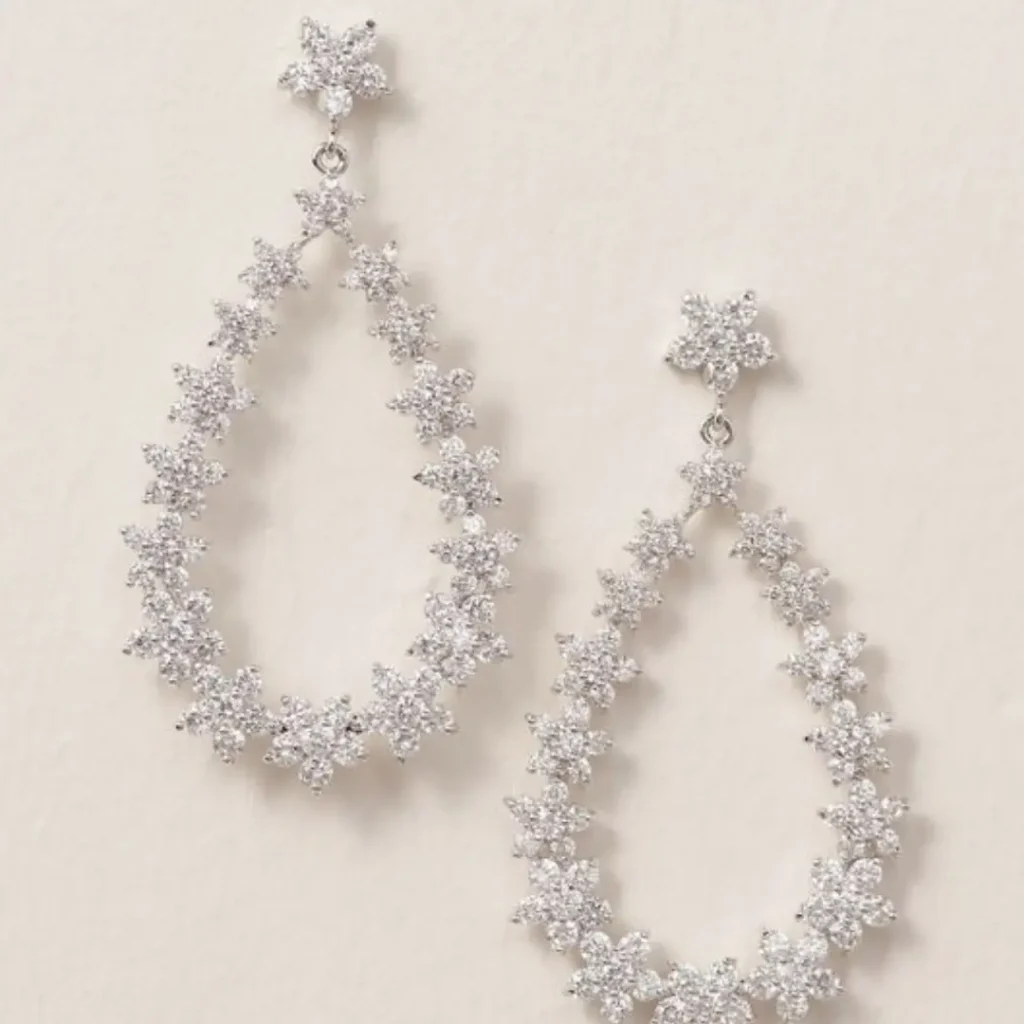
Streetwear
Streetwear is a dynamic and contemporary sector that blurs the lines between fashion, art, and urban culture. Born on the streets and influenced by various subcultures, streetwear embraces a casual and edgy aesthetic. This sector’s prominence has been fueled by collaborations between high-end fashion labels and streetwear brands, bringing luxury and street credibility together. With its roots deeply embedded in youth culture, streetwear has become a symbol of self-expression and individuality for people of all ages.
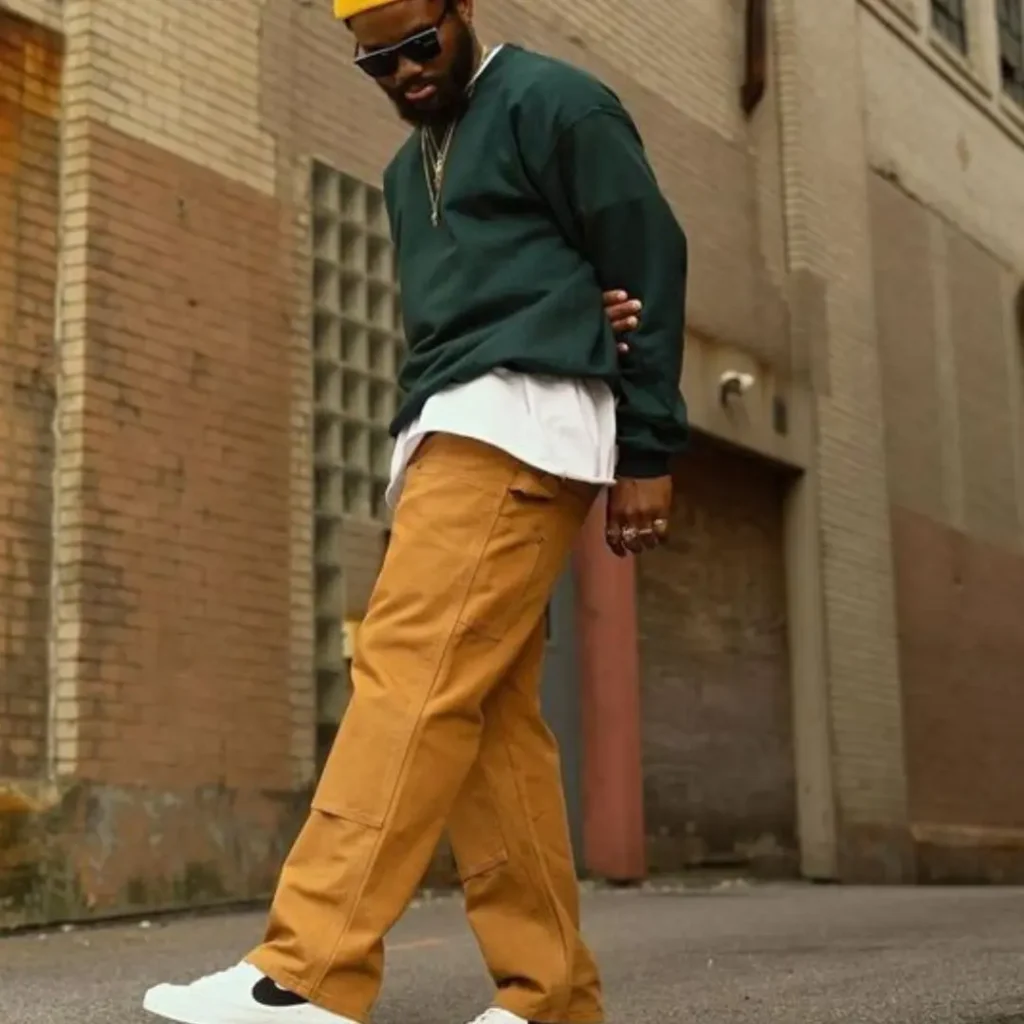
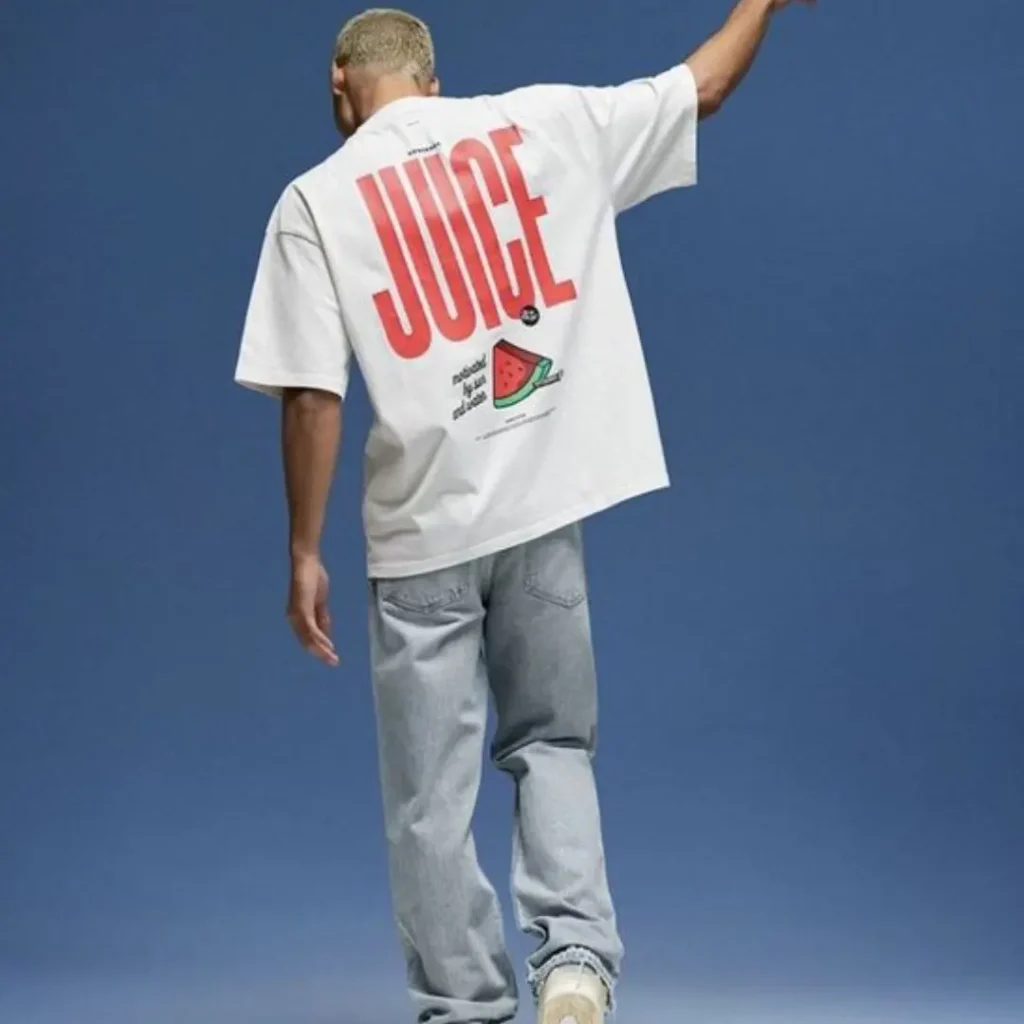
Leading countries with the highest turnover in the fashion industry
As of the latest 2024 update, the leading countries with the highest turnover from the fashion industry were as follows. Please note that the rankings may have changed since then.
- United States
- China
- Japan
- Germany
- United Kingdom
- France
- Italy
- Spain
- South Korea
- India
Fashion transcends borders, cultures, and languages, weaving its threads of creativity and innovation across the globe. Leading countries have shown their prowess in the future of the fashion industry.
Biggest Consumer of Fashion Goods in the World?
| Rank | Country | Fashion Goods Consumption (in USD billions) |
| 1 | United States | $490.0 |
| 2 | China | $481.5 |
| 3 | European Union (EU) | $397.0 |
| 4 | Japan | $132.0 |
| 5 | India | $128.5 |
| 6 | Brazil | $64.5 |
| 7 | Russia | $55.0 |
| 8 | United Kingdom (UK) | $54.5 |
| 9 | France | $52.0 |
| 10 | Italy | $45.0 |
Biggest Exporter of Fashion Goods in the World?
| Rank | Country | Fashion Goods Export Value (in USD billions) |
| 1 | China | $212.0 |
| 2 | European Union (EU) | $178.5 |
| 3 | India | $37.5 |
| 4 | Bangladesh | $34.5 |
| 5 | Vietnam | $31.0 |
| 6 | Hong Kong | $27.0 |
| 7 | Turkey | $21.5 |
| 8 | United States | $20.5 |
| 9 | Germany | $17.5 |
| 10 | Italy | $16.5 |
The Dominance of the US (United States) in the Fashion Industry
The United States is a glitzy global powerhouse, dictating trends and driving innovation. The US fashion industry is a dynamic and ever-evolving ecosystem, reflecting the nation’s diverse culture, values, and spirit.
The Economic Impact of Fashion
The US fashion industry isn’t just about aesthetics; it also packs a powerful economic punch. According to recent data, the fashion industry contributes significantly to the nation’s economy. Fashion businesses generate substantial revenue from the multi-billion dollar fashion houses in New York City to the small-town boutiques scattered across the country.
The fashion industry accounts for a remarkable percentage of the nation’s GDP, highlighting its economic importance. Its vast supply chain includes the design, manufacturing, distribution, retail, and marketing sectors, all playing a crucial role in shaping the economy.
Moreover, the fashion industry is a vital source of employment, providing jobs for millions of Americans across various skill levels and backgrounds. From skilled artisans and designers to retail salespeople, the fashion industry offers diverse employment opportunities, nurturing talent and creativity.
Fashion’s Environmental Impact
While fashion sparks inspiration and delight, it also grapples with environmental challenges. The industry’s rapid growth and fast-paced trends have raised concerns about its ecological footprint.
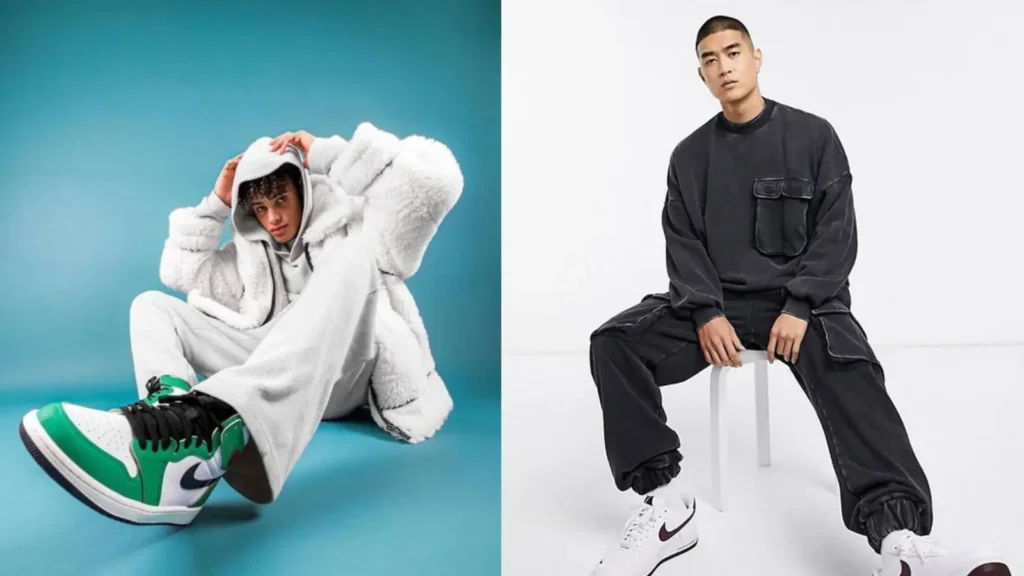
The fashion industry is known for its high water consumption, carbon emissions, and textile waste, leaving a significant environmental impact. However, in recent years, the sector has embraced sustainable practices, with many fashion brands adopting eco-friendly materials, responsible manufacturing processes, and recycling initiatives.
Sustainable fashion movements are gaining momentum, encouraging consumers to make ethical choices in their clothing purchases. From upcycling old garments to supporting brands with transparent and sustainable practices, consumers are becoming more environmentally conscious and driving positive change in the industry.
Ethical consumerism is rising, with many shoppers seeking brands prioritizing fair labor practices, environmental responsibility, and social impact. As consumers become more informed and empowered, fashion companies must align their values with their customers.
The Influence of Technology and Social Media
Technology and social media have revolutionized the fashion industry in the digital age. Fashion and technology have formed a symbiotic relationship, fueling innovation and creativity.
Fashion and technology collaborations have created “smart clothing,” blending aesthetics with functionality. From wearable tech to 3D printing, technology has opened new horizons for designers to experiment and create futuristic fashion pieces.
Social media platforms have become powerful tools for shaping fashion trends and consumer behavior. Fashion influencers and bloggers wield significant influence, with their style recommendations often setting trends and driving sales.
The rise of influencers has transformed the way fashion brands promote their products. Influencer marketing has become a cornerstone of fashion advertising as brands leverage the personal connection influencers have with their audiences to reach potential customers effectively.
How many billion is the fashion industry?
The global fashion industry is worth several trillion dollars, with estimates reaching around $3 to $3.5 trillion.
How big is the global fashion industry?
The profit of the fashion industry varies, but it’s a highly lucrative sector, generating hundreds of billions of dollars in profits annually.
What is the profit of the fashion industry?
While specific profit figures can fluctuate, the fashion industry is known for its substantial economic impact and profitability.
Is the fashion industry the biggest polluter?
The fashion industry is considered one of the biggest polluters, contributing significantly to environmental issues through water usage, textile waste, and chemical pollutants.

